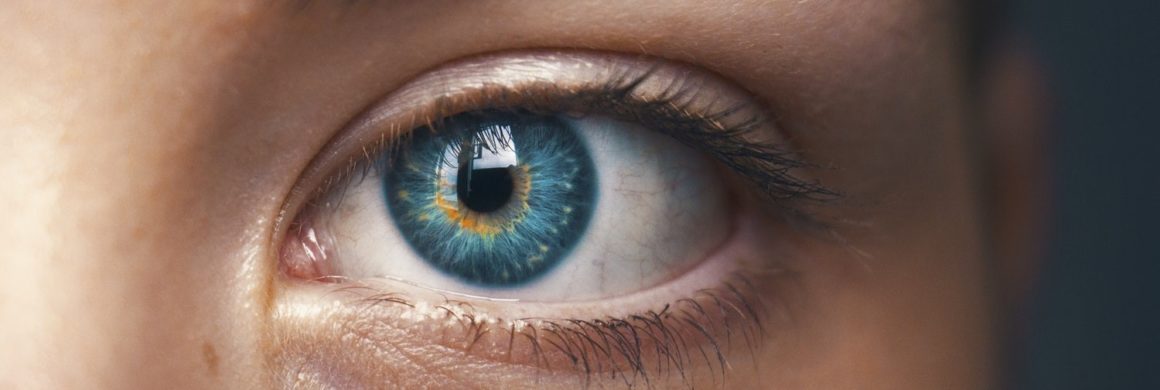For centuries, people with blurry or double vision have had to use glasses. With technological advancements, contact lenses came into the scene. Lenses provided clear vision without having to worry about glasses breaking or getting lost. They however were noted to cause refractive errors. Not only that, but contact lenses also require maintenance, can be uncomfortable and cannot be used as a means to correct vision in the longer run.
Thanks to advancements in laser-guided surgeries, millions of people worldwide are now opting for painless, affordable, and quick laser surgeries to correct their visions without glasses or contact lenses.
One such laser-guided surgery which is becoming increasingly popular is the SMILE eyes operation. In 2007, an intrastromal lenticule method called Femtosecond Lenticule Extraction (FLEx) was introduced for patients with extreme myopia. Following the FLEx method, SMILE was developed, which was similar to the LASIK treatment.
What does SMILE stand for?

SMILE stands for “Small Incision Lenticule Extraction” and has received FDA approval certifying its treatment standards, having treated over 2 million eyes across the world.
SMILE eye operation is most commonly used for patients who suffer from myopia and astigmatism. The SMILE operation is also less invasive than LASIK as it uses an incision to extract the whole corneal lenticule without the need to create a flap. The procedure uses just one laser to flatten and reshape the cornea.
What Happens in a SMILE Eye Laser Procedure?
The SMILE surgery is done within three simple steps. Before the treatment, the eye surgeon applies anaesthetic eye drops and also places an eyelid holder to prevent the eyes from blinking. All these precautions ensure that the experience is painless. The SMILE eye operation uses a computer-guided, highly focused laser light to make a tiny incision in the cornea. This removes a small piece of corneal tissue (called a lenticule), thus reshaping the cornea and correcting the patient’s vision. Thus, the procedure not only guarantees vision correction but also provides greater comfort and greater precision.
What is the Age Criteria for SMILE Eye Operation?
SMILE surgery has many similarities with the LASIK treatment. For, e.g., the setup, the time taken, anaesthesia used, cost, and the recovery time is lesser in SMILE when compared to LASIK. However, the risk of scarring and dryness of the eyes is lesser in SMILE than in LASIK. SMILE treatment is ideal for patients with thin cornea as only one laser treatment is involved in the whole procedure. This treatment is also absolutely safe but has eligibility criteria just like any other treatment. A patient who is willing to undergo a SMILE eye operation should be above the age of 18 years. The patient should not be breastfeeding, pregnant, or have diabetes. In case of diabetes, the patient needs to inform the surgeon to avoid any complications later.
The SMILE treatment also provides the benefit of quick visual recovery. However, it is advised to rest your eyes at home for about one day following either procedure. The patient should avoid any kind of eye makeup for a few days after surgery.
While still in its early stages, SMILE® has shown high success rates among the 4 million eyes which are treated with SMILE® so far. Even though LASIK is an excellent procedure and extremely popular, SMILE is proving to be a step ahead given its flapless technique. And the potential benefits of the faster recovery of postoperative eye dryness, quicker reinnervation of corneal nerves, and biomechanics are some of the advantages.










